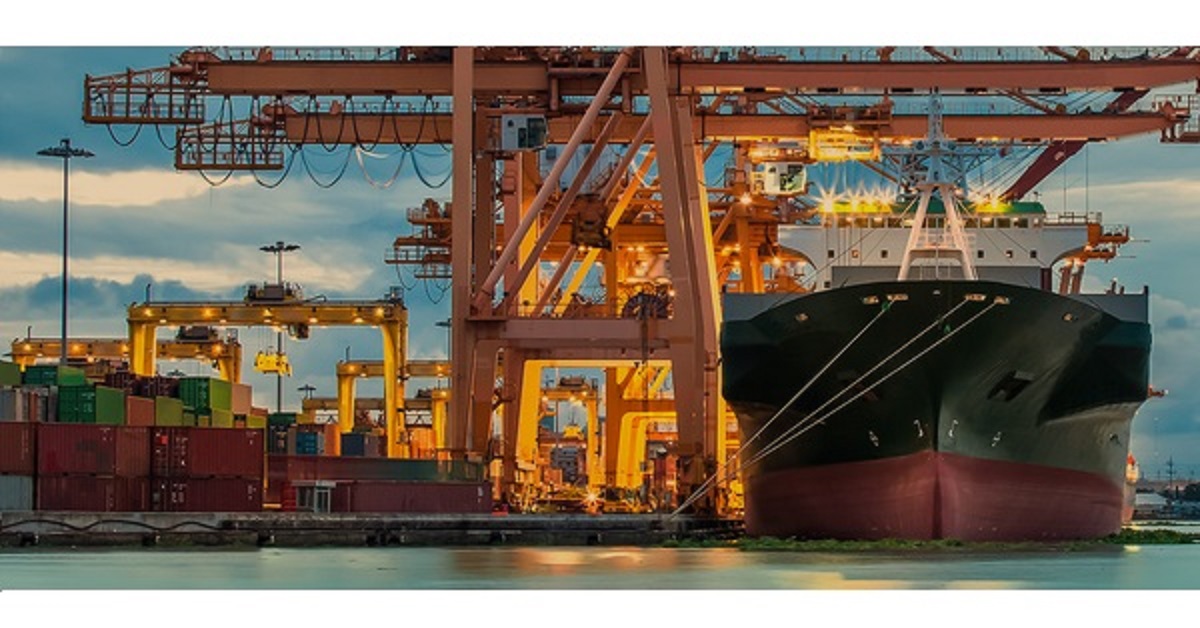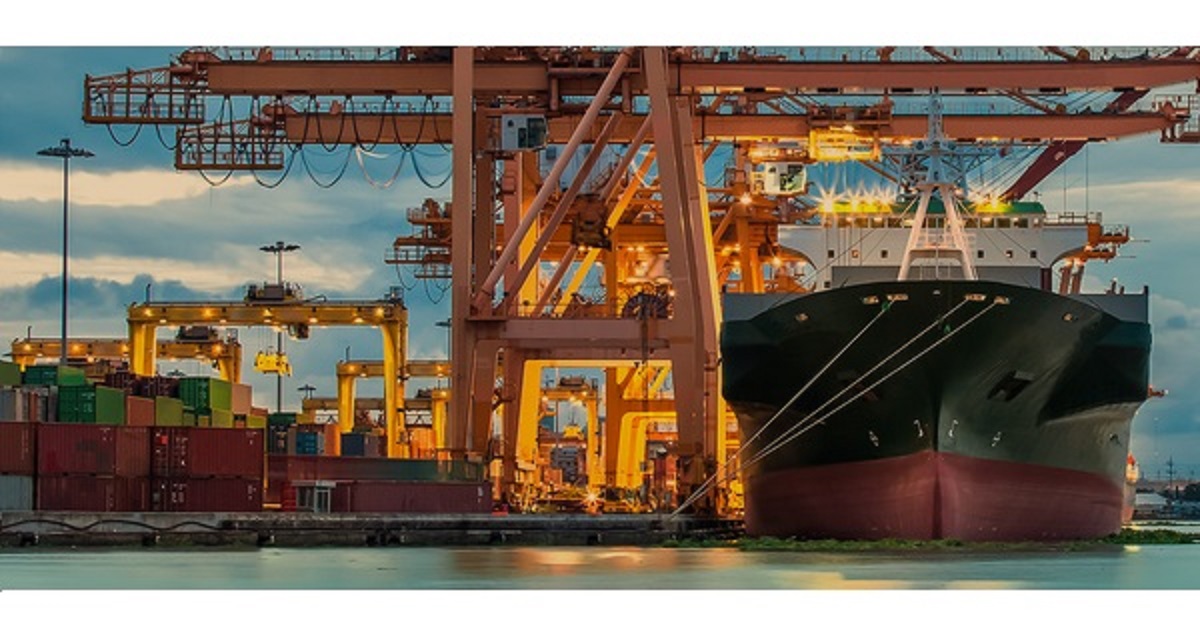Job Scam Alert:
This is to notify you that we have been alerted of job scams misusing the name of Global eTrade Services (GeTS). We would like to emphasize that there is no active, ongoing recruitment under the brand name of GeTS as we now operate under our parent company, CrimsonLogic. Please read the full disclaimer here.
- 28 Mar 2017
- Canada
- ACI
- ACI eManifest
- Canada eManifest
- Advance Commercial Information
- CBSA
- Trade
- eManifest
- Border Crossing
- Canada
Canada’s Advance Commercial Information (ACI) eManifest initiative is taking cross border trade into the digital age. Instead of relying heavily on paper documentation, trade participants can file required data to Canada Border Services Agency (CBSA) electronically. ACI eManifest is modernizing customs processes, reducing hold times, and facilitating the movement of legitimate goods while improving border safety and security.
For CBSA, ACI eManifest improves the collection and evaluation of pre-arrival cargo and conveyance data. By reviewing manifest data before the cargo arrives at the border, customs officials can better identify high-risk goods while facilitating the movement of legitimate shipments and easing port congestion. ACI eManifest also makes Canada’s customs processes more compatible with global standards.

ACI SEA REQUIREMENTS
ACI Sea requirements apply to carriers and trade participants moving goods into Canada via ocean vessels. Since 2006, all marine carriers have been required to submit electronic cargo and conveyance data to the Canada Border Services Agency (CBSA) at least 24 hours before arrival at the port or before loading depending on the origin and type of goods. If the voyage is less than 24 hours in duration, cargo and conveyance data must be reported at the time of departure from the foreign port.
Cargo and conveyance data may be sent to the CBSA up to 30 days in advance. CBSA encourages clients to transmit pre-load/pre-arrival data as early as possible. CBSA has also deployed an electronic messaging system for marine carriers transporting the merchandise or their service providers to transmit Conveyance Arrival Certification Messages (CACM).
It is the responsibility of the marine carrier to submit marine conveyance and cargo reports to the CBSA in ACI via Electronic Data Interchange (EDI) connection. This requirement applies to all ocean vessels transporting commercial goods that arrive at any Canadian port and to all import, in-transit and Freight Remaining on Board (FROB) cargo. The carrier must also submit empty cargo container data to the CBSA for all non-exempt import, in-transit, or FROB containers.
The freight forwarder or their authorized provider is responsible for submitting electronic supplementary and house bill data to the CBSA. Supplementary data is mandatory for all non-exempt FROB cargo, while house bill data is required for all non-exempt consolidated import, in bond, and in-transit shipments.
PRE-ARRIVAL REQUIREMENTS
All goods bound for or transiting Canada as well as freight remaining on board (FROB) must be reported to the CBSA at the first port of arrival, including goods and conveyance that are exempt from ACI requirements. Pre-arrival marine eManifest data is not considered a report. Reporting is achieved when the conveyance has arrived in Canada and a report is filed at the First Port of Arrival (FPOA) in the form of a CACM.
Marine carriers must ensure that all information provided to the CBSA, including electronic pre-arrival and arrival data are complete and accurate. Information must be supported by documents such as invoices and bills of lading, and presented to customs officials when requested. When sending conveyance data to the CBSA, the carrier code must be included in the Conveyance Reference Number (CRN). The carrier whose carrier code is on the cargo filing is responsible for duties and taxes until released by the CBSA.
Carriers may choose to hire an agent or third-party vendor to file pre-arrival and arrival data on their behalf. A third-party consent form must be completed and submitted to the CBSA. When using a third-party filer, the carrier code on the transmission must be that of the actual carrier. Marine freight forwarders and carriers performing the duties of a forwarder must have a carrier code to submit pre-arrival data. The carrier code is the prefix of the Cargo Control Number (CCN), Conveyance Reference Number (CRN) and Supplementary Cargo Number (SCN). The carrier code that identifies bonded or non-bonded carriers and freight forwarders must be shown on all cargo documents and submitted to the CBSA.
PARS SHIPMENTS
For Pre-Arrival Review System (PARS) shipments, the CCN on the ACI eManifest data submitted to CBP must exactly match the CCN in the PARS release request, including the word “PARS,” if applicable. A mismatch will prevent clients from receiving Release Notification System (RNS) messages, which could lead to delays at the port and even penalties for non-compliance. The Shipment Reference Number (SRN) on the supplementary cargo report must be different from the CCN in the secondary cargo control document.
CHANGES AND REVISIONS
If the report identifier—the CCN, CRN or SCN—needs to be changed, the carrier or freight forwarder must delete the filing and resubmit a new report to the CBSA as soon as possible. The client must also submit a change for any other data element that requires correction. Before loading, changes to marine cargo reports will restart the 24-hour timeline. After the vessel leaves the origin port, changes to marine cargo reports will be accepted up to cargo release. After cargo release, changes to marine cargo reports must be made on paper and submitted to the local CBSA office.
RECORDS AND MONITORING
Trade participants are required to keep records of all electronic data sent to the CBSA and notifications received from the CBSA, including source documents. Records must be kept for three years starting on January 1 of the year following the year the cargo was shipped. CBSA will perform audits to confirm the accuracy of the information and whether it was submitted within the specified timeframes.
ACI SEA TRANSMISSION METHODS
Marine carriers, freight forwarders and associated trade participants must use an EDI connection to send data to the CBSA. EDI is a method of direct information exchange from one computer system to another; in this case, between the carrier, freight forwarder or vendor and the CBSA. EDI standardizes the data exchange process using prescribed formats, data elements, character sets, and procedures.
Some companies choose to build EDI capabilities in-house, while others prefer to use an ACI Sea service provided by a CBSA-approved third-party vendor like Global eTrade Services (GeTS). Before applying for EDI services, clients must ensure that the chosen transmission method is available for the application they wish to use. Carriers using EDI must complete and submit an application form to the Technical Commercial Client Unit (TCCU).
GETS ACI OCEAN SOLUTION
Global eTrade Services is a CBSA-approved provider of comprehensive trade facilitation solutions. GeTS ACI Ocean is an industry leading service that allows marine carriers, freight forwarders and related participants to submit cargo and conveyance data electronically to the CBSA via ACI. ACI Ocean helps clients streamline marine customs processing and better comply with the CBSA regulations.
The intuitive ACI Ocean service comes with multiple connectivity and pricing options. The web-based application allows convenient access anywhere and anytime with Internet connection. Clients can reduce data entry with templates and upload features, receive instant notifications from customs, and generate reports. The fax option allows electronic processing of requests via fax or email, and confirmation of acceptance by phone, email or SMS.
ACI Ocean/ ACI Sea can be used as standalone system or as a complement to existing programs through integration with in-house systems. The integration option supports a variety of submission protocols and partial data transfer to a web portal account. All plans include a 30-day free trial, mailbox for host-to-host EDI/XML integration, 24/7 customer support, secure corporate account, and report generation.
To get started with ACI Ocean, carriers and freight forwarders or their authorized representatives must apply for a Canadian carrier code for ACI reporting. After obtaining a carrier code, simply subscribe and complete the CBSA application form online. Visit our website to learn more about ACI Ocean.
Related Pages:
eManifest Canada: 10 Helpful Points in Choosing the Right ACE ACI Provider for your Business
The ACI eManifest Portal and your ACE ACI Services Provider
ACI Highway Canada eManifest FAQ
Simplifying the Filing Process with eManifest EDI Integration
Canada eManifest: Highway Shipments Made Easy
Mandatory Electronic Notification of Cargo Arrival FAQ with CrimsonLogic
ACI for Freight Forwarders (eHBL)
ACI eManifest Phase III: Canada eManifest House Bill Data & Supplementary Cargo Reports
ACI housebill eManifest: Bill of Lading for Freight Forwarders
